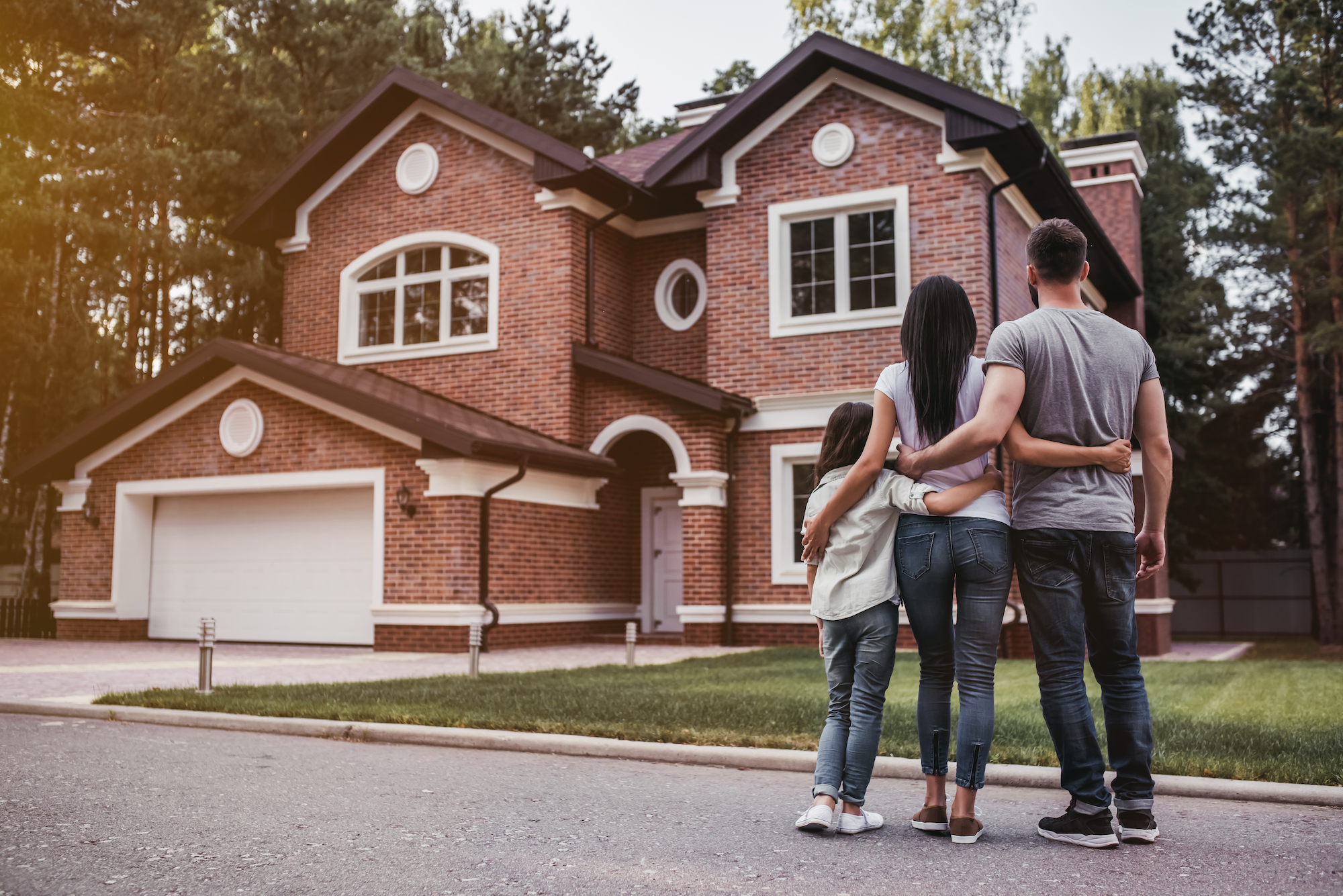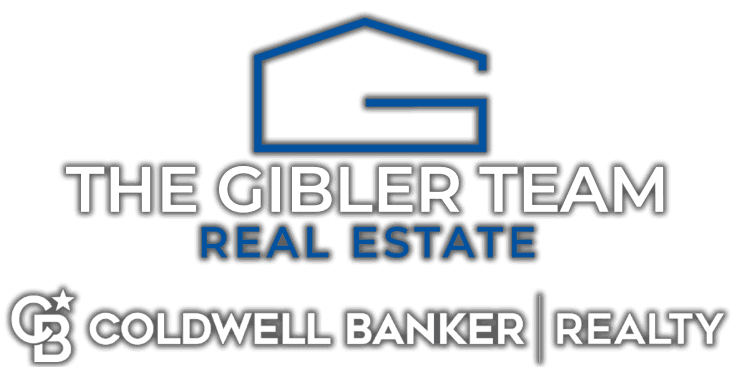After an astounding rise in home prices, this expert predicts the boom will continue…
In almost five decades as one of America’s top housing experts, including a stint as chief credit officer of Fannie Mae, Ed Pinto has never seen prices climb at anything like the pace he’s seeing for May. “The high end is up 25% over May of last year, and the overall increase is 15%,” says Pinto, director of the American Enterprise Institute’s Housing Center. “What’s driving those incredible increases is an arbitrage opportunity. The work from home economy has unleashed people who before the pandemic were tied to jobs in expensive coastal metros and empowered them to move to cities where they can get a lot more house for the same or in most cases less money.” He notes that even though the trend is inflating values in places like Phoenix, Raleigh and Pittsburgh, those locales remain such a great bargain for the refugees from Boston or San Jose. He believes nationwide prices have plenty of room to keep surging at comparable rates in the coming months, before moderating to an annual increase of 10% in 2022.
Pinto collects his May home price appreciation (or HPA) figures from closed sales. He then uses these data to calculate HPAs by tracking changes in prices for the same homes from one period to the next. He divides the market into four price tiers: low, low-medium, medium-high, and high. Each is based on the average sales price in a metro for all the homes reported in the public records. “Low” encompasses all houses selling at 40% or less of the average sales price of houses with FHA mortgages in the metro area; low-medium qualifies at 40% to 80% of the FHA metro area sales price; medium-high goes from that 80% mark to 125% of the Fannie and Freddie maximum loan limit for the metro; and high comprises sales that exceeds the 125% mark. For example, in Phoenix the Fannie or Freddie loan maximum is $548,000. So the “high” tier starts at $685,000.
The May increases for all four price tiers are the highest monthly figures ever recorded in the AEI’s nine years of data. But for Pinto, the most astounding numbers are the 25% increases in both medium-high and high––not just because they’re off the charts, but because they’re so unusual versus the other categories. “During boom markets, it’s the low end that usually outperforms by far,” says Pinto. “But the the extraordinary performance of expensive homes speaks to the migration of high-earners who can now take those earnings and winnings from selling an expensive home in a city where housing is incredibly expensive and move to places where housing is much cheaper,” he says. (For May, low and low-medium respectively registered 14% and 15% year over year gains.)
Pinto can also project what HPAs on closed loans will look like in July and August by analyzing “rate lock” numbers collected from originators covering about one-half the market. Based on last year’s rate-locks, he is penciling in a year-over-year increase of 17% to 18% nationally, two to three percentage points above May’s record. Those prices are drawn from signed contracts of sale that are reported when the buyer secures a home loan. The houses actually change hands around 45 days later after Pinto amasses the “rate-lock” data. So his numbers are the best advance look available into where the market is heading.
 Pinto points out that the U.S. is the tale of two markets. In his words, it’s the east and west coast, and the everywhere else. “Twenty-five percent of Americans live in high-priced coastal metros such as Seattle, San Francisco, Los Angeles, New York and Boston,” Pinto observes. “In those metros, home prices average almost seven times area median incomes.” But seventy-five percent of the U.S. population resides in the “everywhere else” geographies, mostly interior metros in the sun and rust belts. “In this ‘rest of the country,’ home prices are 3.5 times median incomes, so housing is half as pricey as on the coasts,” he says. “That opens a high-pressure dynamic that’s pushing people to move to where housing is more plentiful and a lot cheaper.”
Pinto points out that the U.S. is the tale of two markets. In his words, it’s the east and west coast, and the everywhere else. “Twenty-five percent of Americans live in high-priced coastal metros such as Seattle, San Francisco, Los Angeles, New York and Boston,” Pinto observes. “In those metros, home prices average almost seven times area median incomes.” But seventy-five percent of the U.S. population resides in the “everywhere else” geographies, mostly interior metros in the sun and rust belts. “In this ‘rest of the country,’ home prices are 3.5 times median incomes, so housing is half as pricey as on the coasts,” he says. “That opens a high-pressure dynamic that’s pushing people to move to where housing is more plentiful and a lot cheaper.”
For Pinto, the pandemic marked a tectonic shift. “For decades, the market was distorted by the ‘not in my backyard’ or NIMBY movement that started in California in the 1950s, and then spread to the other coastal cities.” The NIMBY shift imposed tight zoning laws and high costs that severely restricted new building, forcing families in Los Angeles or Seattle to pay ever higher prices for a relatively small, aging of homes. At the same time, metros such as Raleigh, Phoenix, Atlanta and Dallas welcomed a wealth of new subdivisions that made their homes great buys in comparison.
But until the virus transformed America’s lifestyle, it was difficult to capitalize on the huge differences in price between the same sized house, on a similar lot, in San Jose versus Phoenix. “If your office was in San Jose, you had to work in San Jose,” says Pinto. But the new work-from-home economy freed, say, a software engineer to sell in San Jose, keep the West Coast paycheck, buy a much roomier home, and still bank cash. “Phoenix is literally changing into a satellite office suburb for San Jose,” says Pinto. He cites an example gleaned from data on the two markets. A marketing executive or consultant in San Jose who sells their home for $1 million can buy an abode in Phoenix for half the price that’s 28% larger and set on a lot that’s more than one-third bigger.
It’s no surprise that the southern tier running from Florida to California’s Inland Empire garnered the largest increases. Year over year, Salt Lake City gained 17%, Riverside-San Bernardino 18%, Sarasota 19%, while Raleigh and Austin waxed 21% and 22%. The champ: Phoenix, where sellers are now pocketing 25% more for the same houses as in May of 2020.
Another beneficiary: Industrial cities that have seen little population growth recent decades, leaving homes extremely affordable. Now, those metros are flourishing, too. In May, Minneapolis registered year-over-year increase of 12%, while Pittsburgh and Columbus jumped 15% and 16% respectively.
You might think that single-family housing in the super-pricey East and West Coasts is taking a hit from the exodus. But that’s not happening. “The reason is that cities like L.A., San Francisco and Seattle have big reservoirs or renters who now want to house,” says Pinto. In other words, it’s not just about going from expensive to bargain cities. An equally strong trend is the flow from downtown rentals to roomy homes far out of town, where a couple can work from home offices and play badminton in the back yard. “California has the lowest home ownership rate in the nation,” says Pinto. “But now, people are moving from apartments where they’re paying $5,000 a month across from office towers where they work, and buying homes 30 miles outside of town.”
How long can these outsized increases go on? In most boom markets, Pinto in the past has correctly predicted that high prices will trigger lots of building, slowing the rate of price appreciation. In other words, the solution to high prices is high prices, at least in the sunbelt cities where new construction is plentiful. Pinto says that these double digit increases can’t continue, because they’d soon make housing unaffordable for most Americans, even if low interest rates persist. But he does believe that we could see appreciation of 10% for all of 2021, easing to a still healthy 5-6% in 2022 and 2023. “It’s because the gap in prices between the coastal markets and the ‘everywhere else’ markets is so huge,” he says. “As the movement of people to high-priced to bargain cities continues, prices in the bargain cities could keep appreciating fast, and still remain affordable for the folks with high incomes coming from the coasts.”
It’s possible that the most positive shock delivered by the pandemic is breaking NIMBY’s hold, and unshackling Americans to go where the roomy kitchens, three-bedrooms and backyards that remain the American dream are still affordable.



